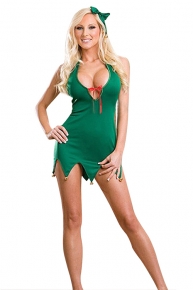Halloween Traditions – Old and New
The commercialization of Halloween in the United States did not start until the 20th century, beginning perhaps with Halloween postcards (featuring hundreds of designs) which were most popular between 1905 and 1915. Dennison Manufacturing Company, which published its first Hallowe’en catalog in 1909, and the Beistle Company were pioneers in commercially made Halloween decorations, particularly die-cut paper items. German manufacturers specialised in Halloween figurines that were exported to the United States in the period between the two world wars.
There is little primary documentation of masking or costuming on Halloween in the United States or elsewhere, before 1900. Mass-produced Halloween costumes did not appear in stores until the 1930s, and trick-or-treating did not become a fixture of the holiday until the 1950s.
In the 1990s, many manufacturers began producing a larger variety of Halloween yard decorations; before this a majority of decorations were homemade. Some of the most popular yard decorations are jack-o’-lanterns, scarecrows, witches, orange string lights, inflatable decorations (such as spiders, pumpkins, mummies and vampires), and animatronic window and door decorations.
Halloween is now the United States’ second most popular holiday (after Christmas) for decorating; the sale of candy and costumes are also extremely common during the holiday, which is marketed to children and adults alike. According to the National Retail Federation, the most popular Halloween costume themes for adults are, in order: witch, pirate, vampire, cat and clown. Each year, popular costumes are dictated by various current events and pop culture icons .On many college campuses, Halloween is a major celebration, with the Friday and Saturday nearest October 31 hosting many costume parties.
The National Confectioners Association reported in 2005 that 80 percent of American adults planned to give out candy to trick-or-treaters, and that 93 percent of children planned to go trick-or-treating.